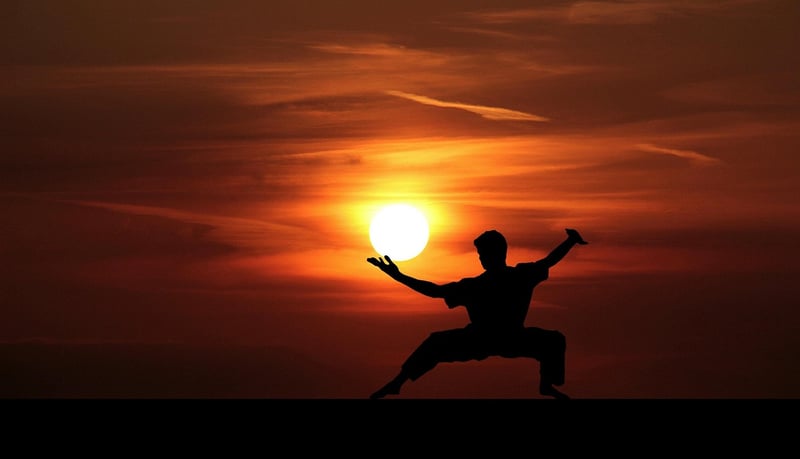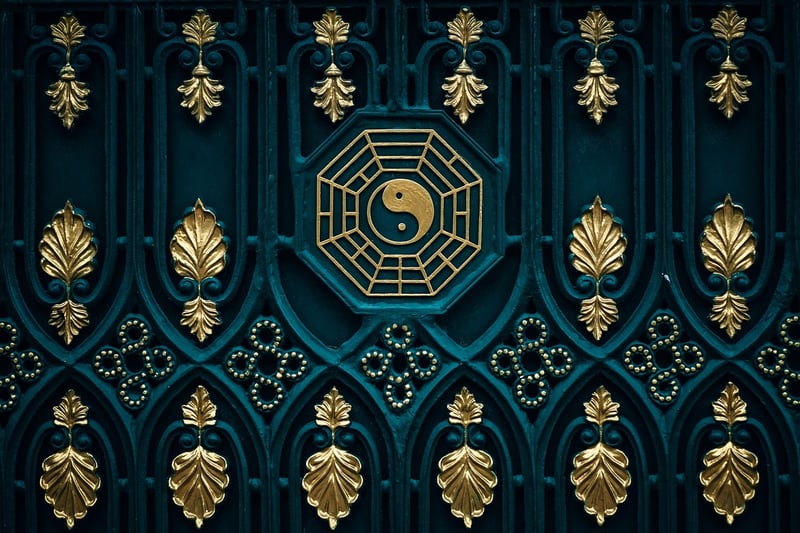Yang Style
The Essence of Yang Style in Chinese Martial Arts
Chinese martial arts have a rich history and are known for their diverse styles, each with unique characteristics and principles. One of the most prominent styles is the Yang Style, which emphasizes graceful movements, energy flow, and internal strength.
Origin and History
The Yang Style was founded by Yang Luchan in the 19th century during the Qing Dynasty. Yang Luchan studied under Chen Changxing, a master of the Chen Style, and adapted its techniques to create a more gentle and flowing form of martial art. The Yang Style became widely popular and is practiced by millions worldwide.
Characteristics of Yang Style
- Slow and relaxed movements
- Focus on internal energy (Qi) cultivation
- Emphasis on circular and flowing motions
- Breathing coordination with movements
- Balance of softness and strength
Benefits of Practicing Yang Style
Practicing the Yang Style of Chinese martial arts offers a wide range of physical, mental, and spiritual benefits, including:
- Improved balance and coordination
- Enhanced flexibility and strength
- Stress relief and relaxation
- Increased focus and concentration
- Boosted energy levels
- Self-defense skills
Training and Practice
To master the Yang Style, practitioners undergo rigorous training that includes solo forms (taolu), partner exercises (tuishou), and applications in real combat scenarios. Consistent practice is essential to develop the fluidity and precision required for this style.
Find Your Inner Harmony with Yang Style
Whether you are a beginner or an experienced martial artist, exploring the beauty and depth of Yang Style can lead to a profound transformation in both body and mind. Embrace the elegance of its movements and the power of internal energy cultivation to unlock your full potential.

Begin your journey into the world of Chinese martial arts with Yang Style and experience the harmony of body, mind, and spirit in every movement.
For more information on Yang Style and Chinese martial arts, visit Yang Style T'ai Chi Ch'uan - Wikipedia.
